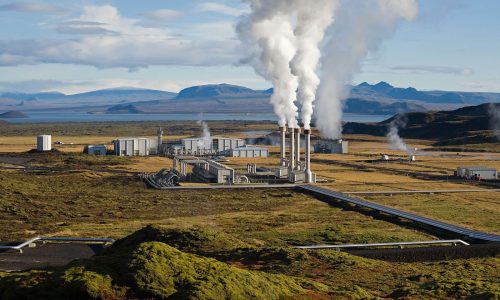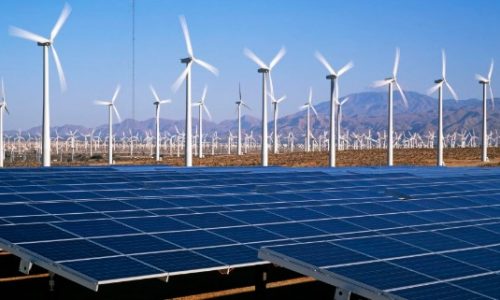Indonesia’s second largest cement producer PT Indocement Tunggal Prakarsa Tbk (INTP) has prepared a IDR 1.2 trillion (US$ 79 million) Capital expenditure (Capex) for 2023. Most of the Capex will be used to finance factory leases and add the refused derived fuel (RDF) facilities.
Established in 1985, Indocement is famous for its Tiga Roda brand. The company has 13 factories with annual total production of 24.9 million tons of cement. Indocement has several subsidiaries in the manufacturing sector, selling cement as its main business, ready-mix concrete, aggregates and tracing excavation.
Expansion in eastern part of Indonesia
Indocement plans to use most of the 2023’s Capex to finance the rental of a cement factory in Maros, South Sulawesi. It will also use the Capex for adding the RDF receiving facility at the Citereup factory in West Java, as well as adding the alternative fuel storage and developing factory facilities.
“This year’s Capex will be more or less the same as last year, which is IDR 1.2 trillion,” Director and Corporate Secretary, Antonius Marcos told bisnis.com on February 10, 2023.
The company will also expand to the eastern part of Indonesia and the export market by collaborating with PT Semen Bosowa Maros and several other cement terminals. It also hopes that the cement excavation in Banyuwangi, East Java, can penetrate a wider market outside Java.
Indocement also plans to focus on expanding its sustainable energy strategy, distribution channels and digital processes as well as automation. Also, the company will look for ways to seek synergy opportunities to increase its market share.
Meanwhile, Indocement will also implement cost efficiency by developing and increasing the use of alternative materials and alternative fuels. “We will continue to strive to realize the EBT (new renewable energy) program in our factories,” Marcos added.
The company has also explored the development of the Nusantara new capital (IKN) by supplying green cement products. The cement distribution is also due to Indocement’s strategic position which has a cement factory in South Kalimantan.
Risks in cement industry
There are significant problems in the cement business such as:
- Fluctuations in demand: The domestic cement industry relies heavily on the construction sector, which is very much influenced by government infrastructure projects, real estate development and economic growth. The demands fluctuate due to economic downturns, changes in government policies or shifts in consumer preferences that can pose a significant risk to cement producers.
- Price volatility of raw materials: Cement production requires a significant amount of raw materials such as limestone, clay and gypsum. The prices of these materials can be volatile due to factors such as global supply and demand, weather conditions and geopolitical events. This can result in higher costs for cement companies, which may not be fully passed on to consumers.
- Environmental and regulatory risks: The government has increasingly been focused on environmental protection. Cement producers are subject to a range of regulations related to emissions, waste disposal and other environmental concerns. Failure to comply with these regulations can result in fines, legal action and damage to a company’s reputation. Additionally, changes in government policies or regulations can significantly impact the operating environment for cement companies in Indonesia.









